-
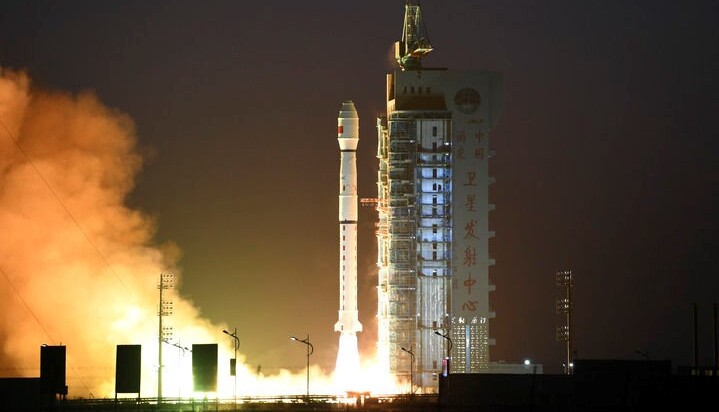 GF-3 02 Satellite Launched to Boost Land-Sea Observations
GF-3 02 Satellite Launched to Boost Land-Sea ObservationsGF-3 02 satellite is equipped with multi-polarized C-band SAR (Synthetic Aperture Radar) which was developed by a research team from the Aerospace Information Research Institute (AIR), Chinese Academy of Sciences (CAS).
November 25, 2021 -
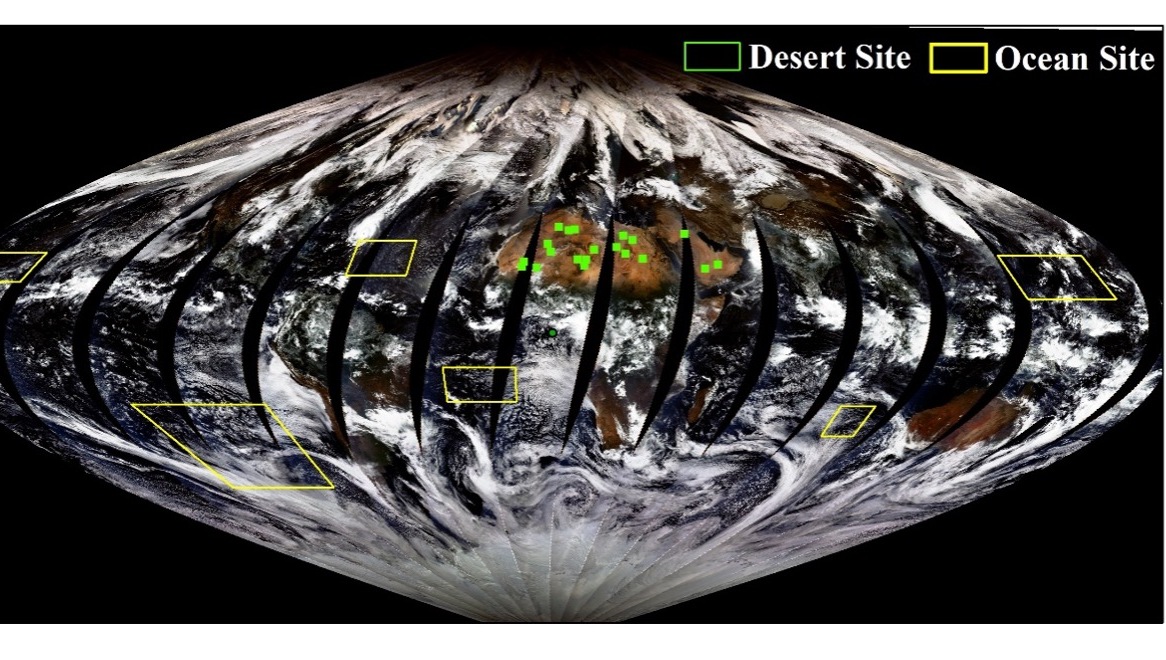 In-orbit Test Conducted on Polarization Crossfire Sensor Suite onboard China's Hyperspectral Earth Observation Satellite
In-orbit Test Conducted on Polarization Crossfire Sensor Suite onboard China's Hyperspectral Earth Observation SatelliteAn in-orbit test of the polarization crossfire (PCF) sensor suite onboard GaoFen-5 (02), a hyperspectral Earth Observation satellite launched on September 7, 2021, was carried out by a joint research team led by Prof. LI Zhengqiang from the National Engineering Laboratory for Satellite Remote Sensing Applications under the Aerospace Information Research Institute (AIR), Chinese Academy of Sciences (CAS).
November 15, 2021 -
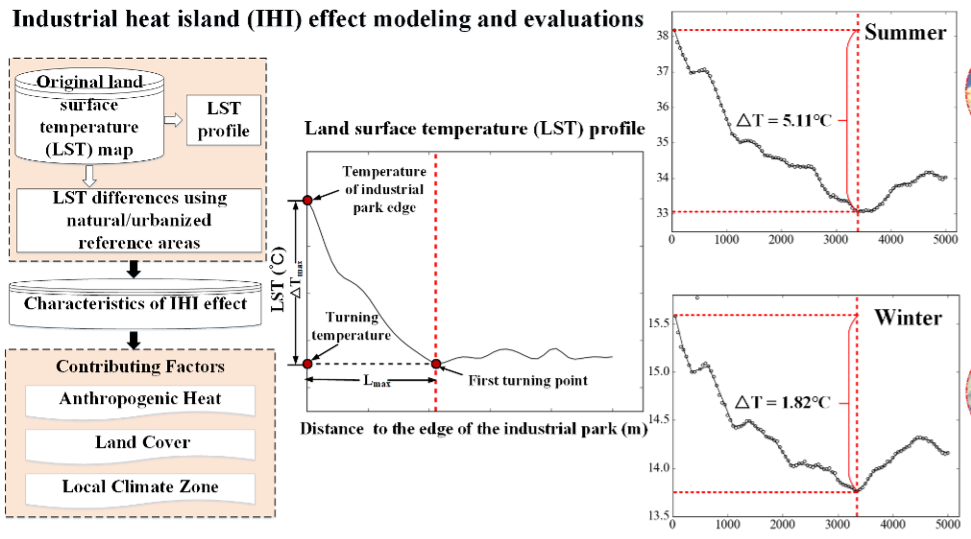 New Evidence, Quantitative Methods, and Contributing Factors of Industrial Heat Island Effects
New Evidence, Quantitative Methods, and Contributing Factors of Industrial Heat Island EffectsA research team led by Prof. MENG Qingyan from the National Engineering Laboratory for Satellite Remote Sensing Applications under the Aerospace Information Research Institute (AIR), Chinese Academy of Sciences (CAS), has published a paper on the Environmental Pollution on the urban intra-heat island effects. The paper tries to provide evidence, quantitative methods, and contributing factors from a spatiotemporal analysis of top steel plants in China? Prof. MENG Qingyan and doctoral candidate HU Die are the co-first authors.
November 17, 2021 -
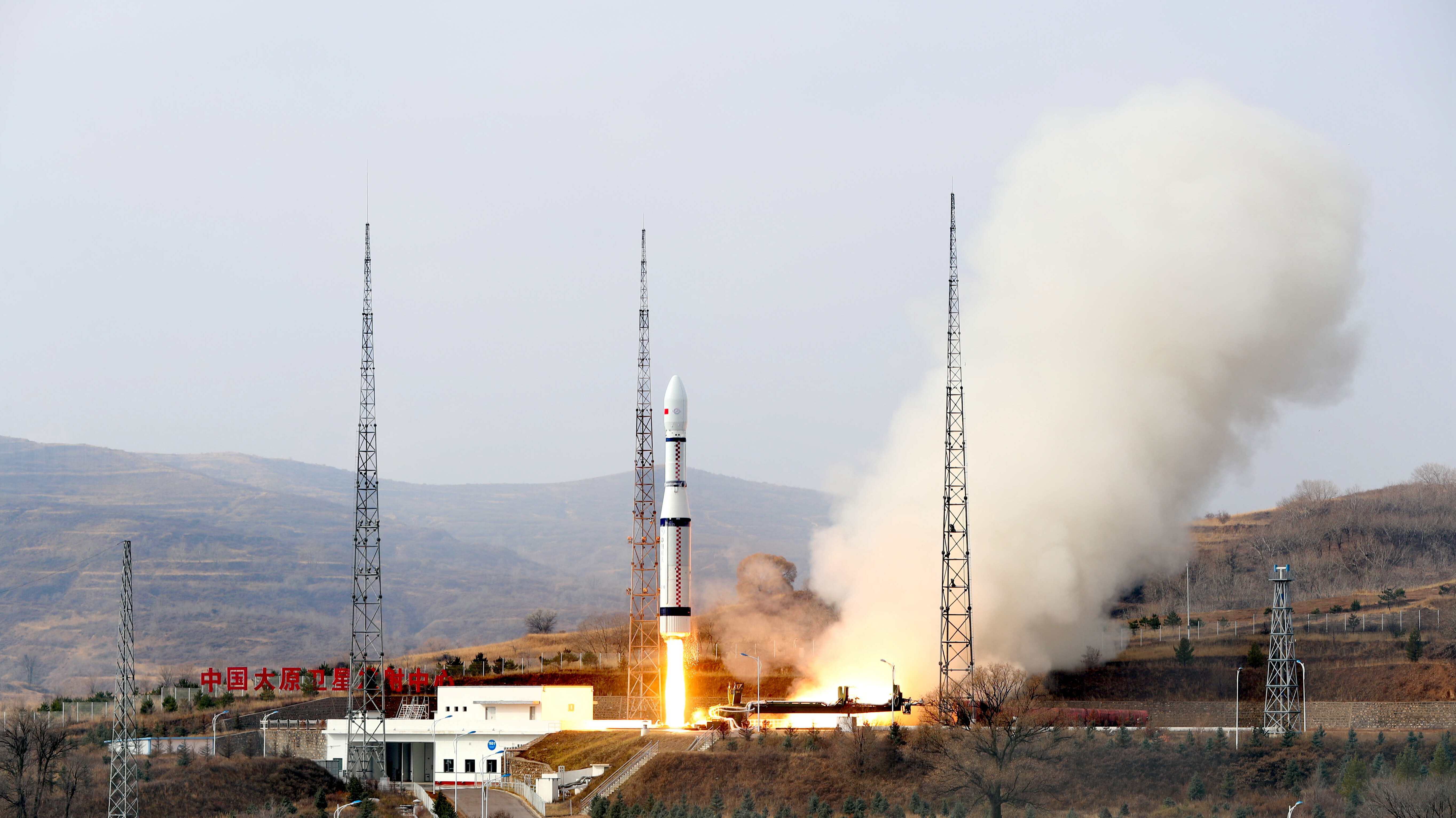 China Launches Satellite for UN Sustainable Development Goals
China Launches Satellite for UN Sustainable Development GoalsChina launched a scientific satellite that will help nations meet the UN Sustainable Development Goals (SDGs). A Long March-6 carrier rocket sent it to orbit from the Taiyuan Satellite Launch Center on Friday. Code-named "SDGSAT-1," it's the very first satellite on Earth to help realize the 17 goals in the "2030 Agenda for Sustainable Development" set by the UN in 2015 to stimulate actions in solving social, economic and environmental problems for humanity and the planet.
November 05, 2021 -
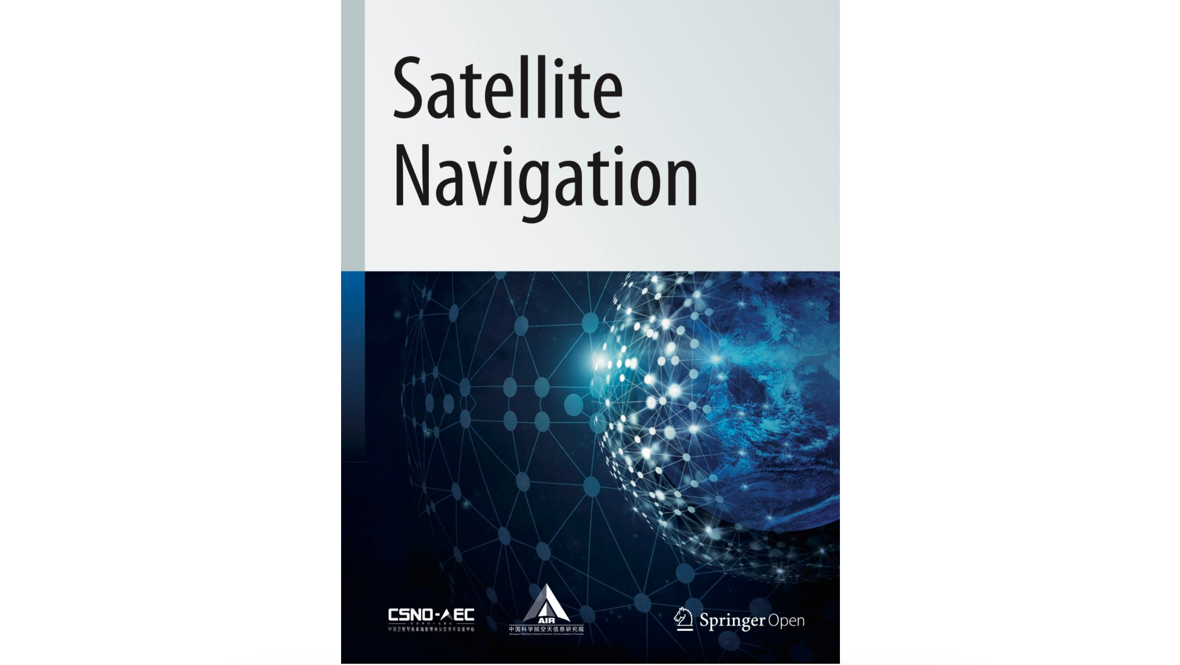 Satellite Navigation Included in ESCI
Satellite Navigation Included in ESCISatellite Navigation, an international academic journal in the field of satellite navigation in China, was included In October 2021 in ESCI (Emerging Sources Citation Index), a database of Clarivate Analytics (formerly Thomson Reuters).
November 04, 2021 -
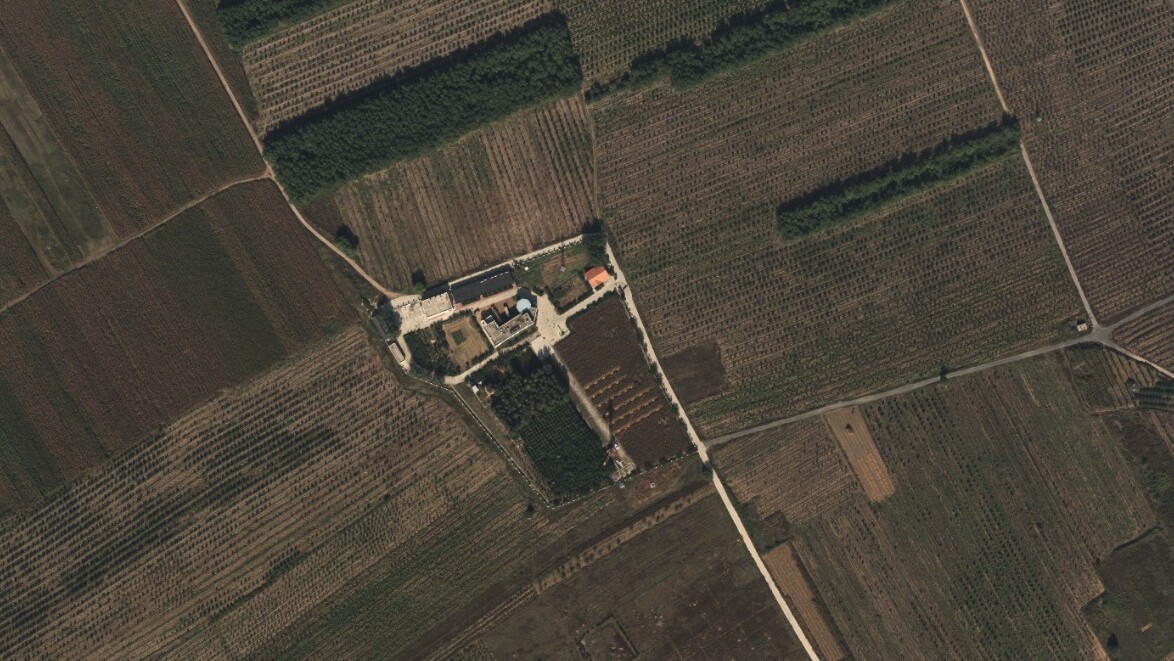 Satellite-airborne-ground Synthesis Experiment Validates China's Gaofen Products
Satellite-airborne-ground Synthesis Experiment Validates China's Gaofen ProductsA satellite-airborne-ground synthesis experiment was conducted in Huailai from July 13th to October 1, 2021, covering an experimental area of 900 km2 surrounding the Huailai Remote Sensing Comprehensive Test Site in Hebei province. The experiment was organized by the State Key Laboratory of Remote Sensing Science in partnership with 11 research institutes or universities, and involved more than 100 technicians.
October 30, 2021


